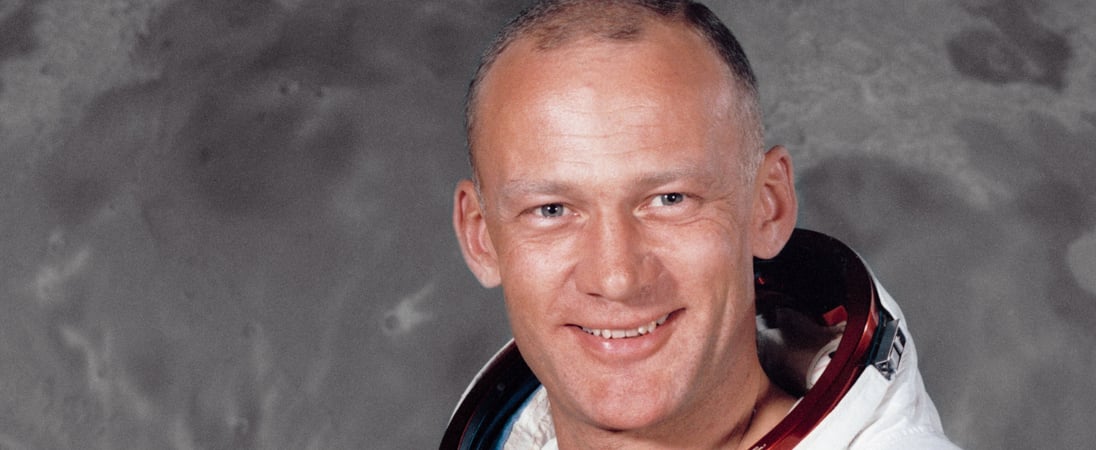
Buzz Aldrin's birthday
Buzz Aldrin, born on January 20, 1930, is a renowned American astronaut and engineer. His journey to the moon on Apollo 11 in 1969 marked a historic moment. Following Neil Armstrong, Aldrin became the second person to walk on the moon. His early life was filled with achievements, leading to a celebrated career in space exploration. Aldrin’s contributions have inspired many in the fields of science and astronomy. His story captivates people worldwide, symbolizing human curiosity and the drive to explore beyond our planet.
Early Years and Education of Buzz Aldrin
Buzz was born in Montclair, New Jersey. As a child, he showed curiosity and intelligence from a young age. His father, a Colonel in the U.S. Air Force, inspired his love for flight and space. He was fascinated by mechanics and the stars, often spending hours gazing at the night sky.
In high school, his passion for science and mathematics flourished. Aldrin excelled academically, displaying a talent for problem-solving. This knack for numbers and a keen interest in engineering shaped his future path.
After high school, Aldrin attended the prestigious U.S. Military Academy at West Point. He graduated third in his class, earning a Bachelor of Science in mechanical engineering. His achievements at West Point paved the way for a career in the Air Force.
Aldrin’s thirst for knowledge didn’t stop there. He later joined the Massachusetts Institute of Technology (MIT) for his doctoral studies. At MIT, he wrote a thesis on space rendezvous, a topic that would later play a crucial role in his space missions. His time at MIT deepened his understanding of space travel and positioned him as an expert in the field.
Triumphs and Achievements of Buzz Aldrin
Buzz Aldrin’s first major success came as a fighter pilot in the Korean War, where he flew 66 combat missions. This experience was proof of his skills in high-pressure situations needed for his future space endeavors.
Joining NASA in 1963 marked a turning point in Aldrin’s life. He was part of the third group of astronauts selected by NASA, showing his exceptional abilities. His first space mission, Gemini 12, showcased his expertise. During this mission, Aldrin performed a record-breaking spacewalk, proving the feasibility of extravehicular activity, a crucial aspect of future space explorations.
Aldrin’s most celebrated achievement came with the Apollo 11 mission in 1969. He and Neil Armstrong made history by landing on the moon. Aldrin’s moonwalk, a monumental moment in human history, symbolized the culmination of years of scientific and technological advancement. His words, “Magnificent desolation,” upon stepping onto the lunar surface, captured the awe of this unprecedented experience.
After returning from the moon, Aldrin contributed to space exploration and science. He devised a special spacecraft trajectory known as the “Aldrin Cycler,” a route for future missions to Mars. His innovative ideas have significantly influenced space travel planning.
Beyond his technical contributions, Aldrin has been a vocal advocate for space exploration. He authored several books, sharing his experiences and inspiring future generations. His efforts to promote space science and education have made him a beloved public figure and an icon in the field of astronomy and space exploration.
Interesting Facts About Buzz Aldrin
Name Origin: Buzz Aldrin’s famous nickname “Buzz” originated from his sister’s mispronunciation of the word “brother” as “buzzer.” He legally changed his name to Buzz in 1988.
West Point Performance: At West Point, Aldrin’s performance was so impressive that he graduated with a 90.7% average, one of the highest in his class.
First EVA Experience: Before his famous spacewalk on Gemini 12, Aldrin had a difficult experience during an underwater training session, which helped him prepare for the challenges of extravehicular activity in space.
Gemini 12 Innovations: Aldrin introduced new techniques for astronauts to work outside spacecraft, significantly reducing their exhaustion during spacewalks.
Communion on the Moon: Aldrin took a piece of the communion bread and a small chalice of wine with him to the moon. He performed a brief communion service in the lunar module, a fact not widely publicized at the time.
Post-NASA Career: After retiring from NASA, Aldrin served as the Commandant of the U.S. Air Force Test Pilot School at Edwards Air Force Base.
Hollywood Appearances: Buzz Aldrin has made several appearances in films and TV shows, often playing himself, such as in “Transformers: Dark of the Moon” and “The Big Bang Theory.”
Also on this date...
Take a Walk Outdoors Day
People have likely been taking a walk outside since the beginning of human history! And ever since people have made the habit of living indoors, it has been a delight for them to get outdoors for a walk in the fresh air.
Blue Monday
Beat the bleak, post-festive slump by setting (or resetting) resolutions, getting some exercise in the fresh air or watching an uplifting movie.
Brew Monday
It’s time to check in on a friend, neighbor or family member over a cup of coffee or tea!
National Cheese Lovers Day
This savory snack pairs perfectly with crackers, bread, or just about anything! Whether it's sharp or mild, it's always a crowd-pleaser.




